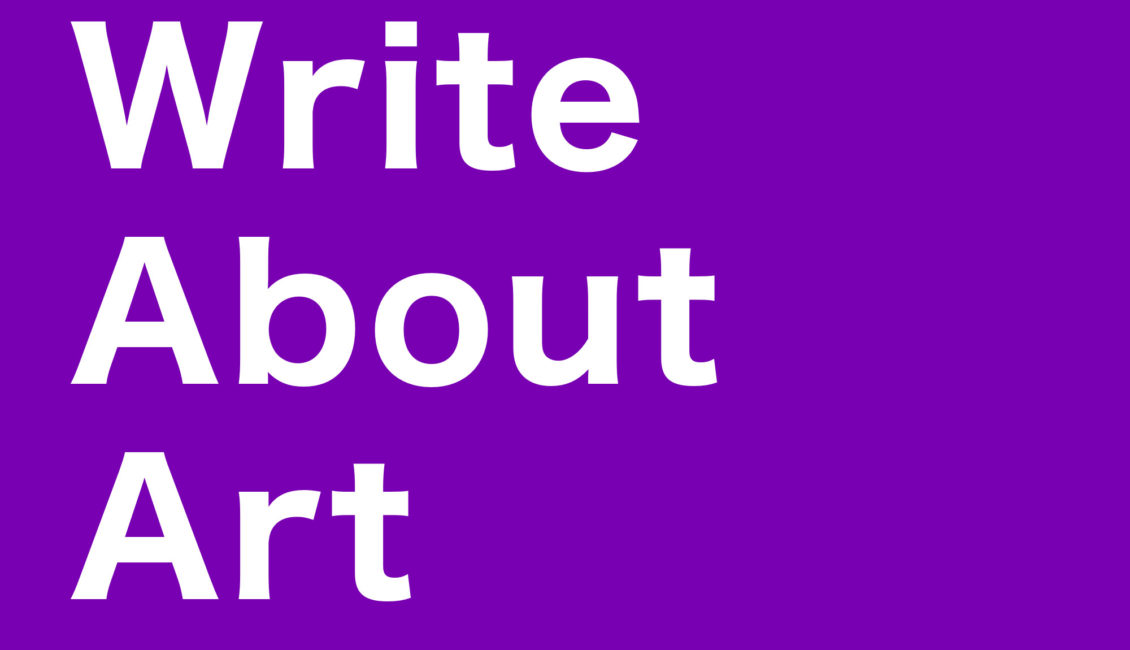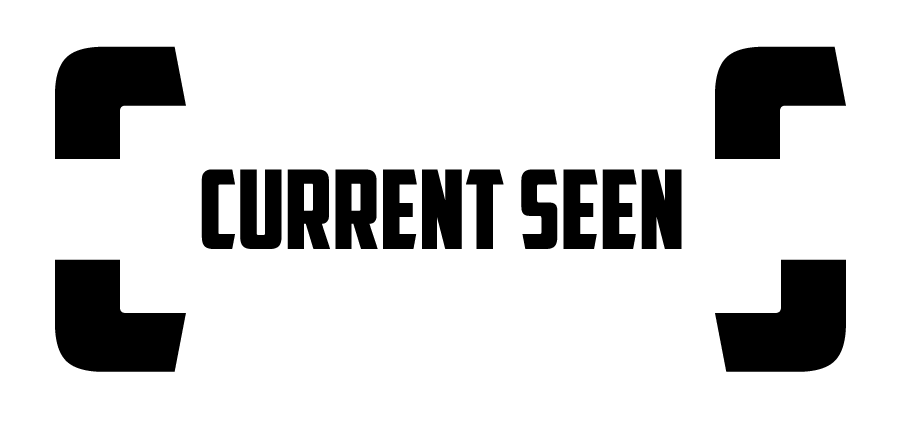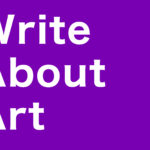
We want you to write about Current Seen in the Present Tense. Why?
To encourage a diversity of voices
To explore new forms of art writing
To expand the conversation and the reach of Current Seen programming
To convey the strength of Rochester’s visual art community to a larger public
Simply put, the process of writing about art, is the practice of translating a visual experience into a textual form and language. As a writer, you words create context, meaning and relationship between the artist, the artwork, and the viewer’s experience of the exhibition.
While the process can be exciting, and creative in and of itself, with writing comes the responsibility to accurately represent what is not one’s own. Your intention should be to enhance and refine the viewer’s experience, allowing them to take a deeper dive. While you personally may not care for a curator’s choices, or an artists’ work in any exhibition, there is rarely (if ever) any benefit for being overly negative. Consider what about the exhibition you do appreciate, what it made you question and/or reconsider. Then allow your words to invite and encourage viewers to have their own experience.
How you can participate:
Publish your writing via your own Social Media Platform or website.
Help us promote one another by tagging
#currentseen #rbnl #stateofartwriting #bigideassmallvenues #biennial #rochester
Write an Exhibition Review and Submit your work to Current Seen
All writing published through Current Seen, will be reviewed.
Anonymous work will not be accepted for publication.
If you have never written an art review here are some helpful tips:
- A review usually begins with a thoughtful, general introduction to the exhibition: what was the curator’s intention for selecting the work on view? It may be helpful to begin by familiarizing yourself with the criteria of Current Seen.
- Description: what does the artwork look like? Equally, how is it displayed? For example, how does a storefront differ from a more pristine traditional gallery space, differ from art in an outdoor public space?
- Analysis: how the works interact, influence, or inform one another
- Evaluation: in (your) informed, evidence based opinion, would you recommend this exhibition? Why or why not? Note: evaluations are always and only optional
Your review should include:
1. Title
2. Introductory paragraph that informs the reader of the subject – the name/names of artist, and establishes a tone/context
3. A few paragraphs that go into detail about theme, purpose, scope embodied: Strengths/Weaknesses or other things to consider
4. A paragraph about the installation
Whenever possible, you are encouraged you to seek out the curator (or the artists), expanding your understanding of their personal approach.
5. Summarizing Paragraph
You might also consider interviewing an artist or a curator
Tips:
Read everything including the wall texts/brochure/material online accompanying
Take an audio tour (if one exists)
Take notes on site – don’t assume you will remember.
If photographs are allowed, document.
Write a first draft, and if time allows, go to the exhibition again
These two resources may provide you with additional, helpful information:
writingcenter.unc.edu/tips-and-tools/art-history/
https://twp.duke.edu/sites/twp.duke.edu/files/file-attachments/visual-analysis.original.pdf
Contact Sarah Webb (sew.rochester@gmail.com) to learn more about reviewing a Current Seen exhibition.





